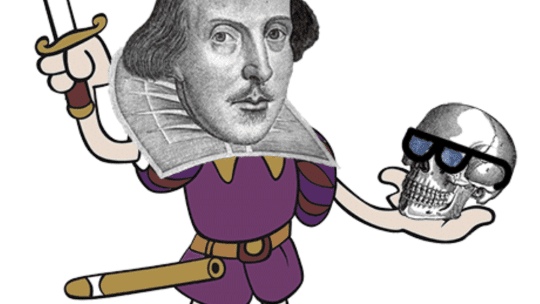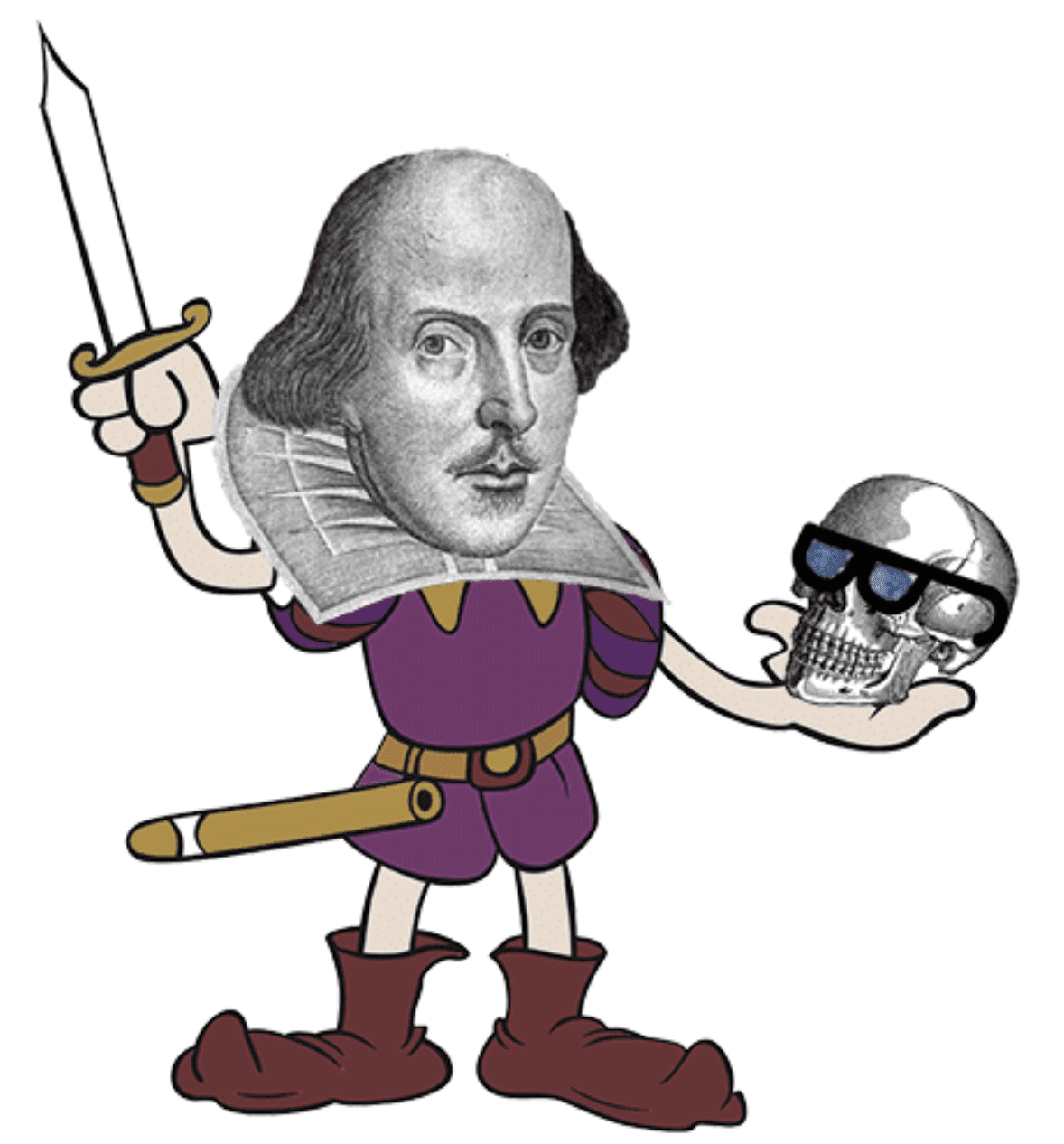


Jargon in the communications business can be hard. It shouldn’t be, however. And we’re not just talking about PR terms—the SMTs and the EPKs and whatnot—but the phrases and positioning of various industries.
Fast-food outlets are QSRs (quick service restaurants) that deal in LTOs (limited time offerings). Smart watches aren’t wearables (what with all the baggage that word carries), but fitness trackers. Terminology gets increasingly difficult in highly regulated industries, like healthcare and finance, where federal agencies like the FTC and FDA understandably monitor what you say and how you say it.
These aren’t just a steep learning curve; they make our job hard. PR, at its core, is translating a company’s story into something that consumers and journalists can digest easily. The other element is the PR pro must render this translation while sacrificing as little nuance as possible, which is tough when the nuances are specific and very technical.
Content is one of the best tools in your toolkit to tell your brand story the way you’d want the press to write it, but the better you immerse yourself in the world and jargon of your or your client’s industry, the harder it is to draft content that is accessible and approachable for the general public.
Abbott was facing just such a problem. It wanted to re-engage young adults with the prospect of getting LASIK surgery, a highly technical and FDA-regulated procedure. It turned to Weber Shandwick. Together, the companies navigated the challenges of un-complicating a nuanced and intimidating product and learned a lot along the way.
Some Context
To understand what Abbott did and the lessons it can teach similar programs, some background is needed. Following the 2008 financial crisis, there was a steep decline in the number of LASIK procedures in the U.S. While the economy has recovered slowly, procedure rates haven’t. There are good reasons for this. Trendy eyewear brands have made glasses cool again. But more significantly, it’s still an expensive, uninsured procedure. Entry-level wages for millennials have stagnated, effectively removing LASIK from the vision correction consideration set. A lot of people also are scared of having eye surgery. No judgments there.
Abbott needed a program to make LASIK top-of-mind again in an unobtrusive and relatable way, head off some of the stigma and put into context the negativity often associated with the procedure, and drive considerers to become planners and planners to become patients.
With those goals in mind, we launched Eyeful (www.eyeful.xyz) on Tumblr. Below is what we learned along the way.
No B2B, B2C, Just H2H (Human to Human)
As communicators, we sometimes become fixated on the space our companies or our clients occupy. From a holistic operations perspective, sure, it’s important to know the different tactics you’d employ for reaching a supply-chain manager as opposed to a suburban mom, 18-35. Don’t forget, though, manager and mom are people. And they’re probably not even that different—chances are they frequent the same outlets for coffee and binge-watch the same Netflix shows.
The point is just because someone’s job is business facing doesn’t mean he or she responds to language that is similarly stilted or dispassionate.
By the same token, while a small percentage of the young adults we try to reach with Eyeful might care about the differences between excimer and femtosecond lasers (and for that small percentage, we have a pop-sci-style story called “What Is a Laser?”), the majority of our content needs to package LASIK in more inviting terms.
An idea could be to sell the end-state of LASIK as seen through the eyes of someone who’s had it. Another option: Raise awareness about the cumulative frustrations of having to wear contacts or glasses.

Make Peace With The Approvals Process
Every content engine has its back and forth among writer, editor and publisher—branded content often even more so. But when the content is highly technical, the process is made that much more complex. Sometimes you need to get a subject-matter expert involved to vet the verbiage. Other times you need to get an entire standalone department involved whose sole purpose is reviewing content.
In healthcare, often there is an MLR (medical, legal and regulatory) review. The consensus: It’s a beast. It takes several business days and has the unfortunate tendency to flatten out some of the character of flavorful language.
This is not to disparage MLR. Review is important—each (medical, legal and regulatory) is a universe unto itself with its own important nuances; their partnership keeps our message accurate and compliant. It’s key to establish early on, however, that the MLR review should be an ongoing conversation, not a unilateral dictum.
On Eyeful, we engaged MLR very early to get buy-in on the tone and tenor of content we intended to produce. We also solicited MLR input on the preferred way to refer to certain things, assuring our language was within its comfort zone. In fact, MLR was involved at the strategic planning stages of the program. This allowed us to act more tactically about what could be approved quickly and seamlessly, and built cooperation with the MLR department for when we needed its advocacy down the road. The result: We turned the dreaded review process into a partner and fellow stakeholder.
Get Visual
At the risk of stating the obvious, nobody likes long, uninterrupted blocks of text. (The irony of stating that in the present context isn’t lost on us.) A report from Buzzsumo says articles with an image every 75–100 words receive twice the number of social shares as articles with fewer images.
This poses a particular challenge for very technical products and services. How many ways can you visually represent personal finance, a tech solution or a life-changing drug?
The tendency when a topic is challenging is to write one’s way out of the problem. Unfortunately, this is contrary to the way people consume information. The advice here is to be more open to telling your story visually. Use data visualization, motion graphics, video featurettes or whatever services the story best. And define a visual ID that is unique.
To fit our wry editorial voice, we prefer funny images and GIFs. If we can’t get something funny, it must be striking for another reason. If it’s not supporting the content in a meaningful way, that’s a problem. As with other parts of your brand, your visual ID is another way to stamp content as yours.
Speak With Authority Where You Have it
One lesson we learned early: It might not be advisable to write about anything you feel you should be able to write about. One of our launch stories was a travel article: “7 Other Natural Wonders You Have to See With Your Own Two Eyes.” Readers found the pivot to LASIK jarring within a story ostensibly about travel. It was bait-and-switch trickery, they said. We felt it was a compelling, ownable piece of content.
From that point, we made sure every headline contained “glasses,” “contacts” or “LASIK” to hammer home that we were going to discuss vision correction. By listening to our readers (we monitor comments daily), we learned what topics we had the authority to write about.
In the same way you should develop a POV on imagery; have guardrails, or brand filters, dictating what you can discuss in your content.
Conversely, because you’re writing with authority, and you have the authority to talk about your complicated product or service, doesn’t mean you should approach your writing stiffly, in an attempt to defend your authority.
We feel we write with authority about what it feels like to get LASIK, how various lasers work, what the recovery process is like and even what 20/20 vision is, all with the levity and approachability of a fluff piece like “An Open Letter to My Contact Lenses.” It is our belief that you can keep your tone consistent and still be the smart one in the conversation.
Want the Reader to Do Something? Ask
PR sometimes has a problem being direct. We change hearts and minds, racking up impressions and engagements, but rarely do we flat-out tell people to buy the damn thing.
As your content makes a case for a product or service, also make a clear call to action (CTA). Ask your reader to do something specific, they’re more likely to do it. Using a CTA can move a complicated subject from the abstract into the concrete. Readers are no longer solely thinking, now they’re also doing. Even soft, inviting CTAs like “learn more here” keep readers in your conversion funnel and engaged with more content, further demystifying your confusing subject.
For Eyeful, we urge people to consult a doctor. Each story includes a natural segue to read more information about LASIK or find a doctor in the reader’s area, using Abbott’s Find-a-Doctor tool. Visitors we referred to the tool were seven times more likely to conduct a search than visitors coming from all other digital tactics combined, so we’ve seen a definite value in asking directly.
This is content doing its job: engaging readers with information, and inciting them to take an action. It can do its job for you too if you remember to define content and visual parameters, work closely with internal reviewers and stakeholders to develop a process, give your reader a clear CTA and, above all, remember your reader is a human too.
One thing humans like more than being informed is being delighted, so delight them.
CONTACT: [email protected] @krystadawn mdsullivan@webershandwick.com @mediasully
